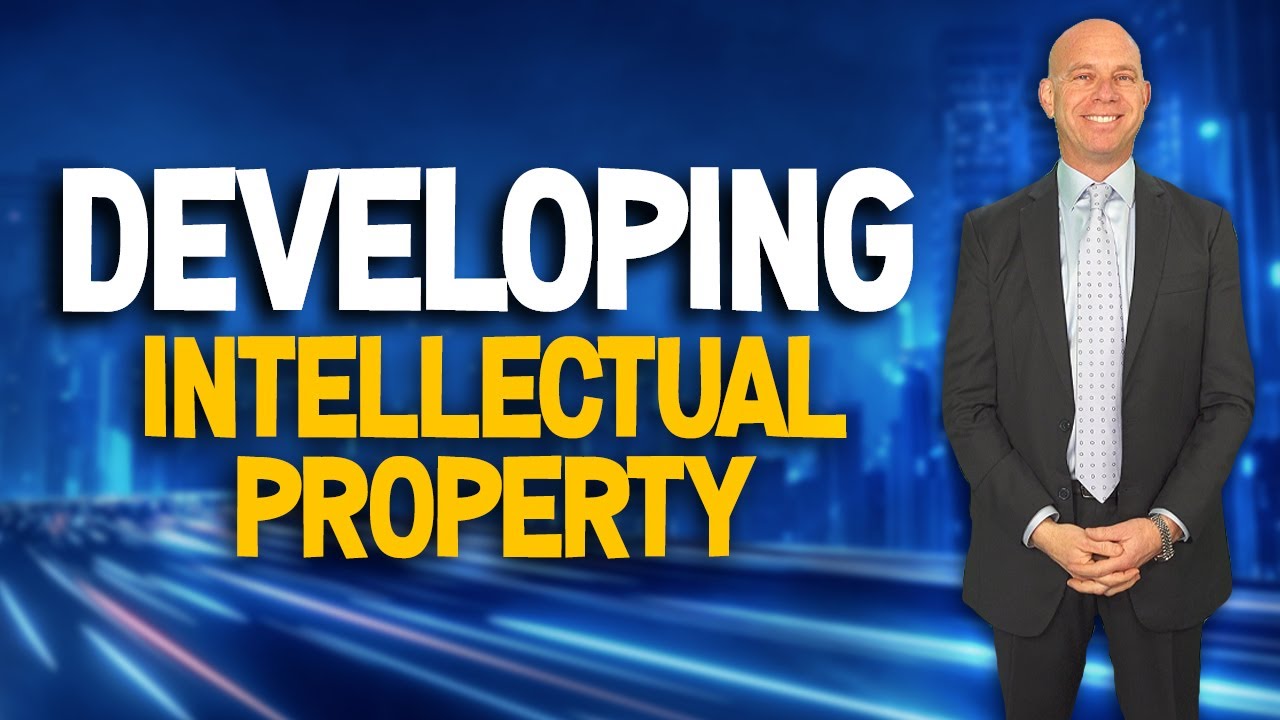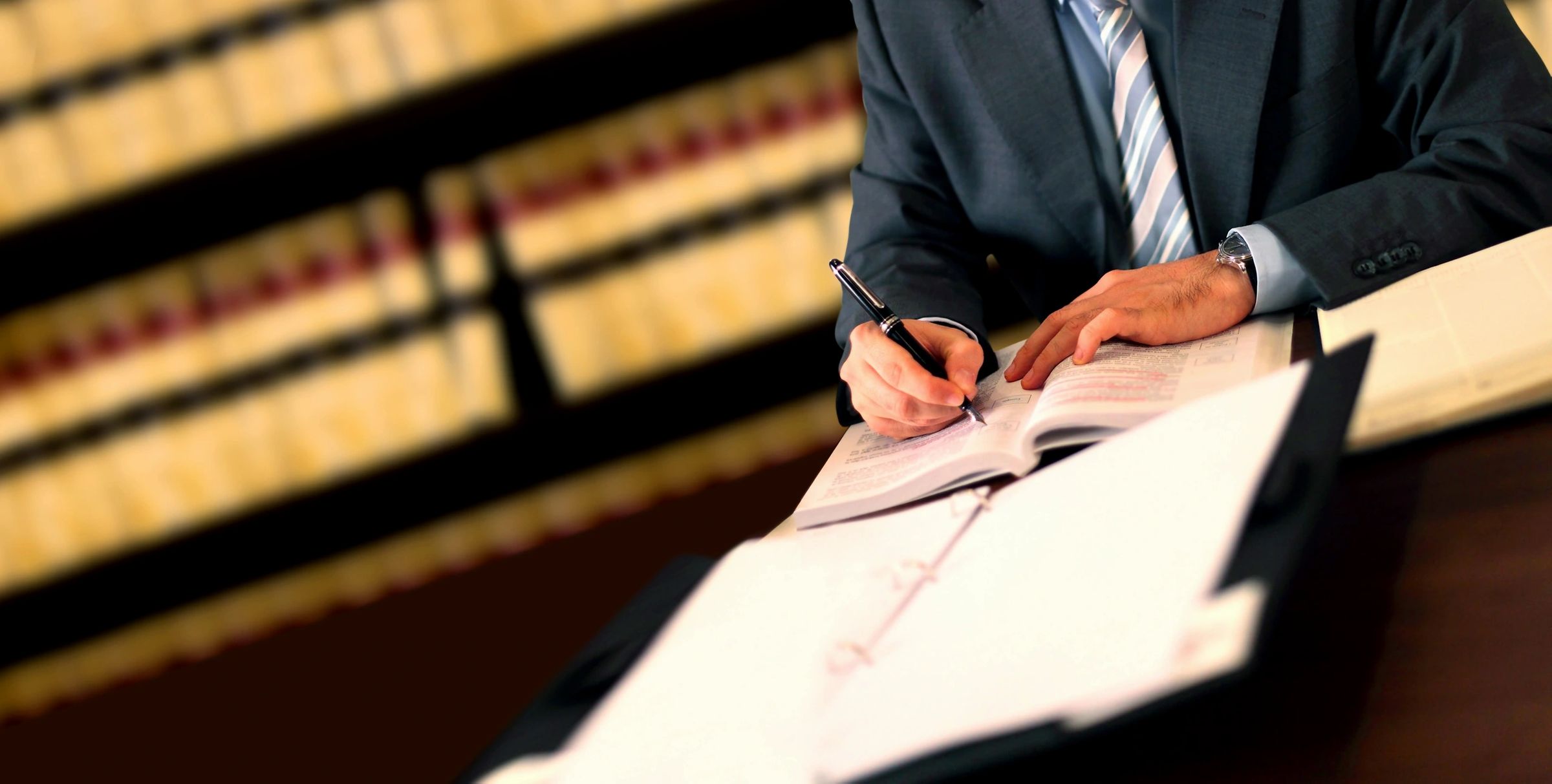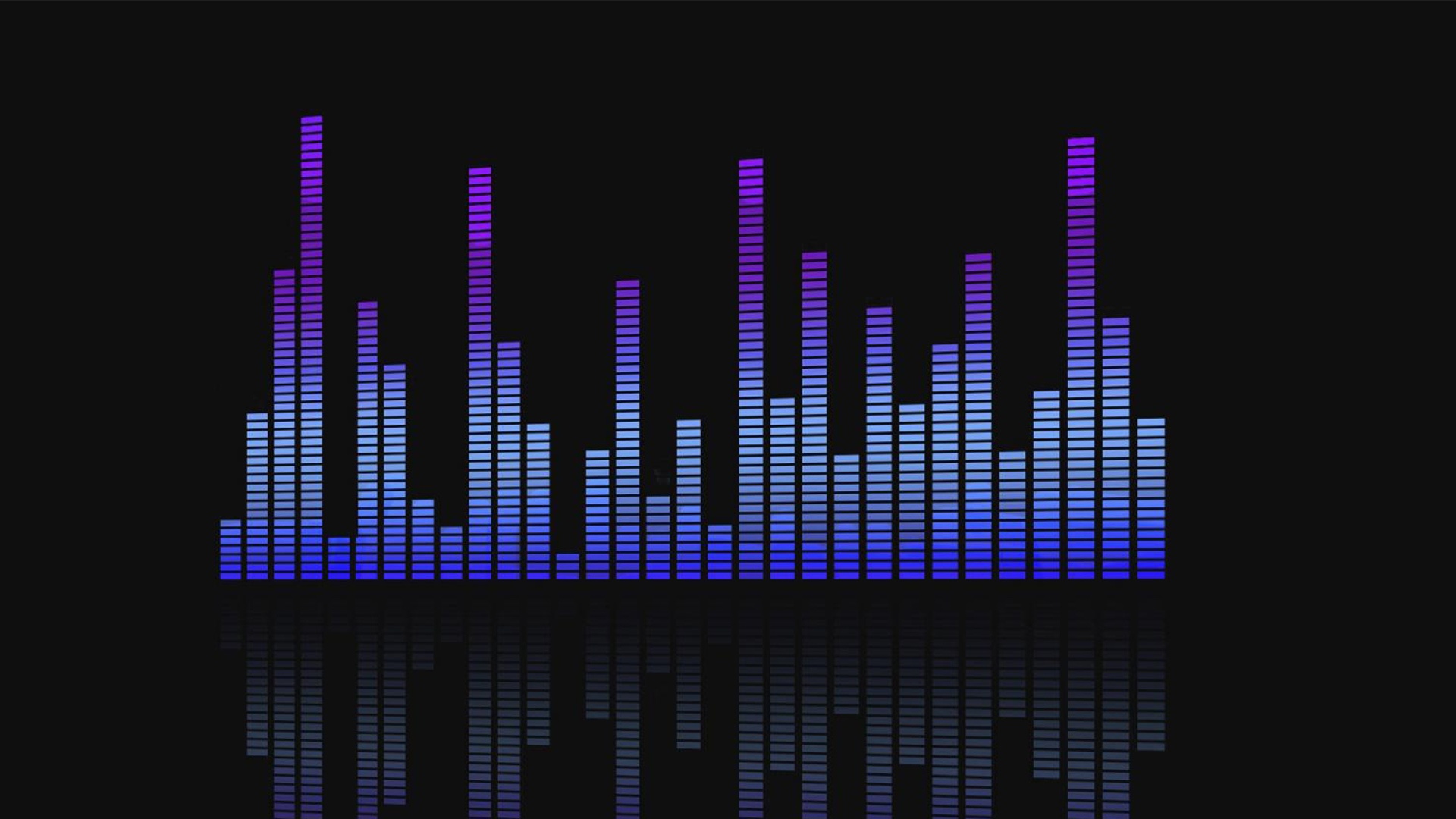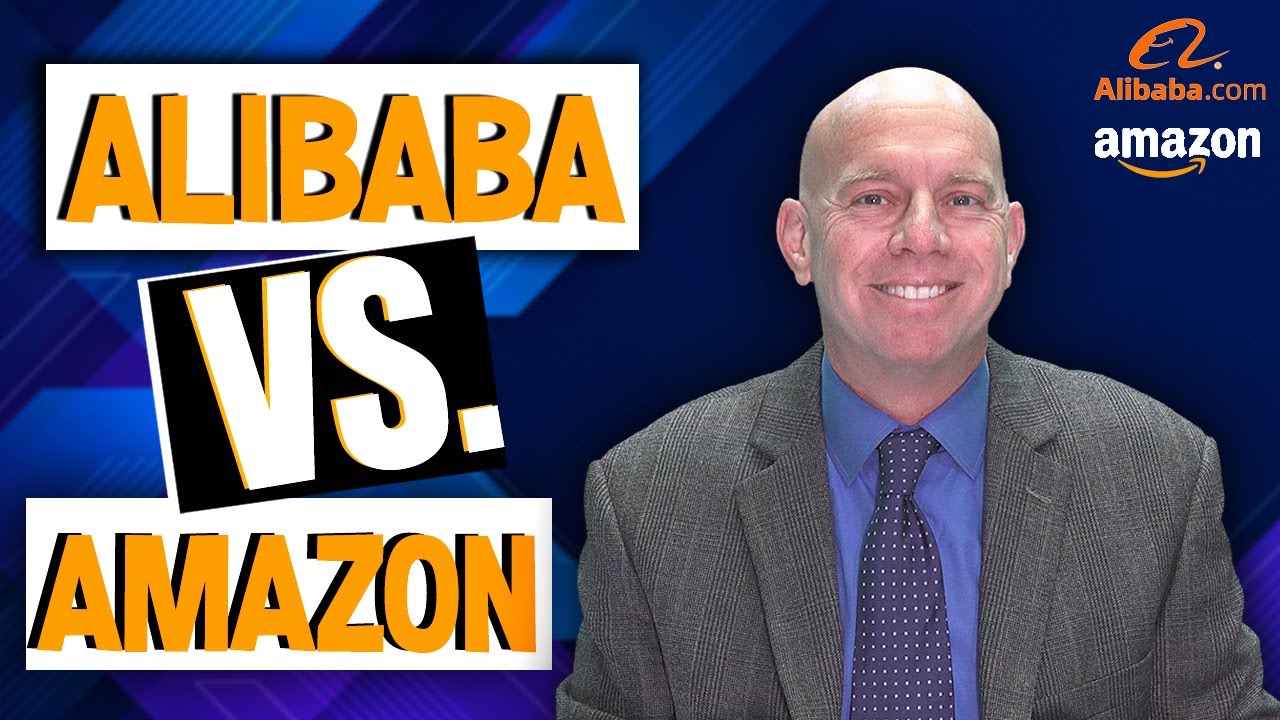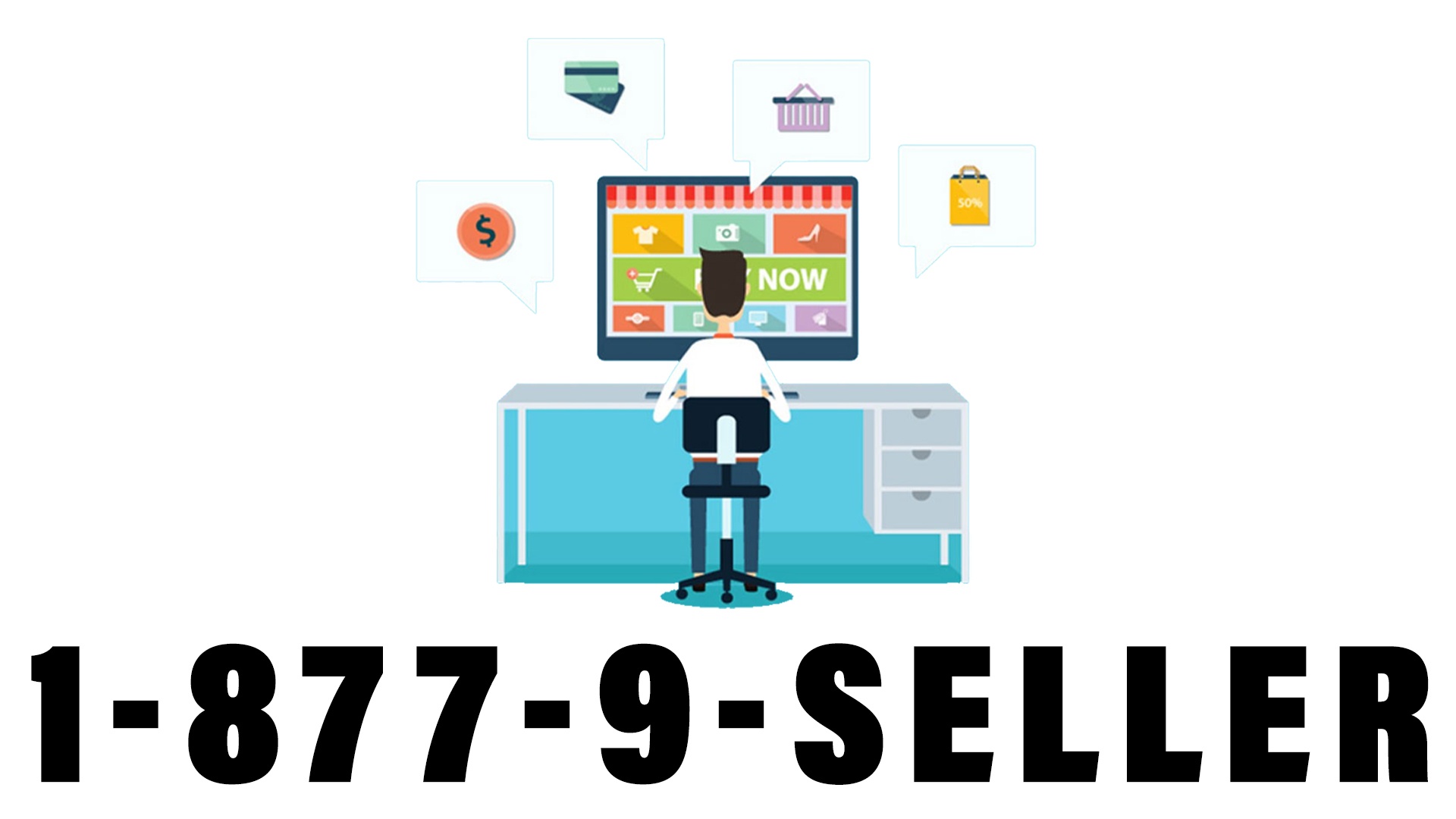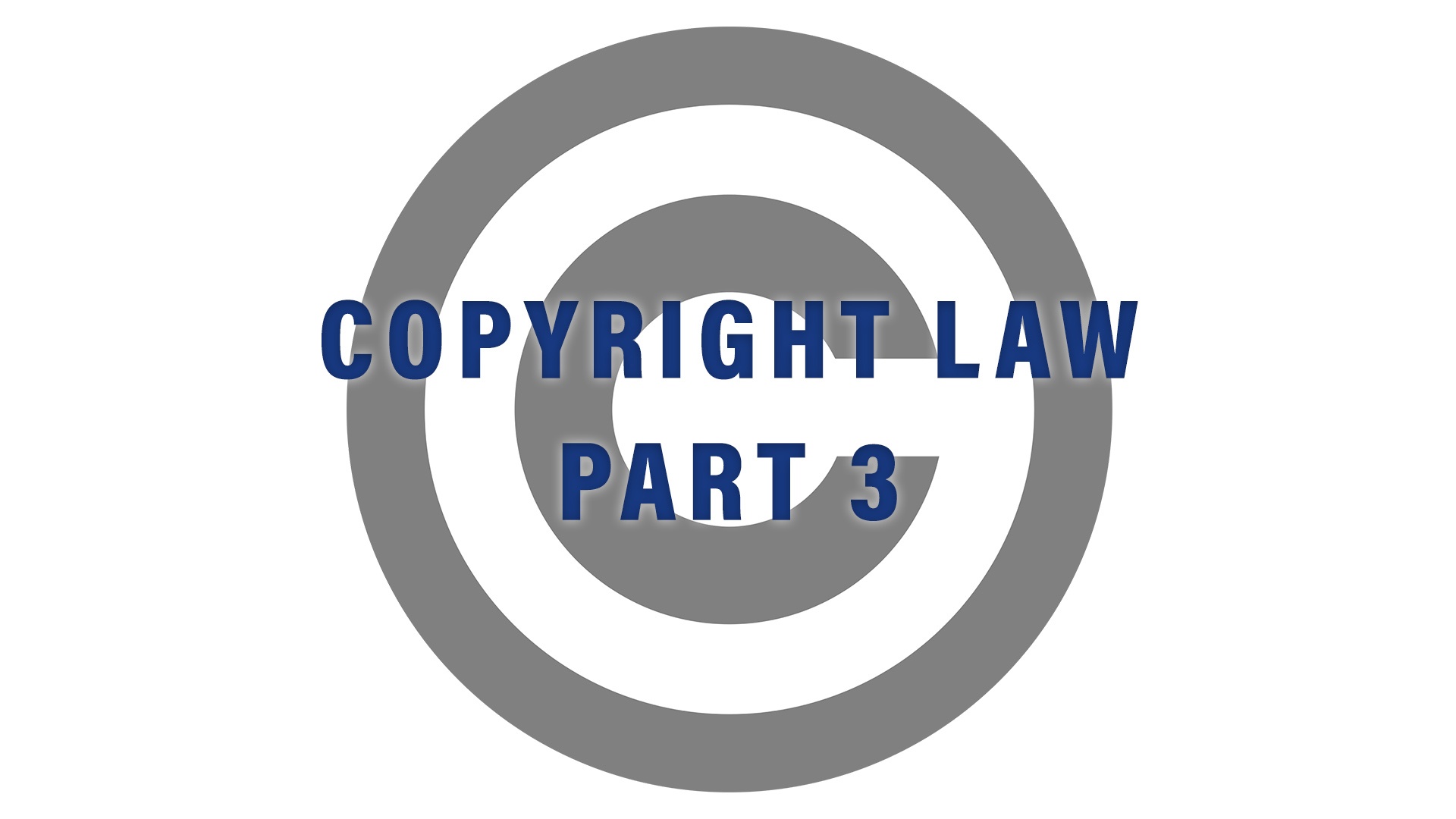
United States copyright law continues to evolve to this very day.
While the Digital Millennium Copyright Act of 1998 (DMCA) is still considered the most important recent legal act as it pertains to online sellers, copyright laws have still changed in the 20 years since the signing of the DMCA.
At this moment, we live in an era of ever-changing and expanding technology. Technology is advancing at an exponential rate. As such lawmakers have a lot to do in order to keep up with the changing landscape. Here, we will examine some important changes that have been made since the signing of the DMCA and what the United States legal system plans to do for the future.
Preregistration
In 2005, U.S. President George W. Bush signed the Family Entertainment and Copyright Act, also known as the ART Act, which allowed certain works to be eligible for preregistration for copyright before the release of the work. Eligible works for preregistration include motion pictures, sound recordings, literary works, and video games among other things.
The purpose of this law is to prevent people from infringing on the copyright of works that are in progress of being created. If you create a character for a movie or novel that hasn’t been released yet, you probably don’t want people stealing that character’s likeness and using it for their personal monetary gain.
In this case, the author of the work is attempting to copyright a work before it has the chance to be viewed by the public. This law prevents people from recording a clip of a movie that they got at an early private screening and then posting it on social media, for instance. It also prevents people from stealing a character likeness from a video game that they were allowed to beta test before the actual game was released.
This law helps creators gain more flexibility and allows them to work without fear when opening up their games and movies to early screenings for feedback before the product is released. As an artist or business owner, this would help you if you were also the creator of the things you sell. On the other side, it’s important for re-sellers to know that it’s still copyright infringement to sell an unlicensed product from unreleased works if they are copyrighted through this system. Of course, you should steer clear from any selling of unlicensed products no matter when they were copyrighted.
Copyright in the Age of Social Media
Social media has created a whole new storm when it comes to copyright law. With popular content creation websites such as YouTube, Vimeo, and Vine, anyone can become a creator and a rights-holder much more easily than ever before.
For example, YouTube has laws that allow rights-holders to do one of four things when someone creates a video with their copyrighted material: they can track the video, they can claim the video which gives the rights holder all revenue that would otherwise go to the video’s creator, they can block the video, or they can order the video to be taken down from YouTube. The latter two options are not used as frequently as you might think though, since companies would rather claim the video to generate revenue out of someone else’s work than to not get anything at all.
This actually encourages creators to use copyrighted material considering there isn’t as much of a risk of litigation. As explained by the popular YouTube channel “vlogbrothers” in their video We Have Destroyed Copyright Law, “Elle Mills can use I’m Walking On Sunshine in a video and she might lose her YouTube revenue, but she might also grow her audience and make money selling shirts or doing a brand deal. And I can use Elle’s footage in my video without asking her because I know the worst that’s going to happen is that I’m going to lose monetization.”
In the end, creators know that while YouTube is following the laws as outlined by the DMCA, the act of giving rights holders options that they’re unlikely to use gives content creators more freedom to expand their personal brands. YouTube creators don’t have the same fears that private labels might have, which creates a lack of consistency across online platforms.
YouTube isn’t the only social media platform to run into trouble with modern copyright issues. In 2013, the mobile app Vine launched. The app allowed users to create videos that were six seconds or fewer and then allowed those users to share those videos across the platform. The app quickly became very popular, but in 2013 Vine received its first takedown notice from the musical artist Prince. Prince asked that certain videos containing his music be taken off the platform, and Vine complied. The app was taken offline for unrelated reasons just three years later.
Name a social media app, and there are likely a number of well-known copyright infringement cases involving that platform. And if it these copyright issues can come into question on YouTube and Vine, then they can certainly become a problem on most online selling platforms as well.
Moving into the Modern Era
Modern copyright law does enough to hold the current system in place. The DMCA is a massive foundational piece that allows companies like Amazon to continue operating at ginormous levels. But law will always be shifting to keep up with evolving technologies. The writers of older copyright laws probably never imagined a world where nearly everyone would be a content creator.
Consider this: As an artist or business owner, you have a brand to uphold. You have a company name, a logo, and perhaps you even have some original copyrighted product that you sell. And there are hundreds of thousands of people just like you on the online marketplace. The idea that one company would house hundreds of thousands of personal businesses and brands would have been considered unimaginable in the 1970s, let alone the early 1900s.
The United States Copyright Office knows better than anyone that copyright laws have to change to stay relevant. In fact, these are the very words of the Copyright Office itself:
“At a time when there is an exponential increase in the ways we can create, distribute, and consume copyrighted works, neither the Copyright Office nor the copyright laws can stand still.”
In 2015, the Copyright Office announced a Strategic Plan for 2016-2020, which, according to copyright.gov, “’sets for a roadmap for re-envisioning almost all of the Copyright Office’s services. . . .to meet the changing needs of individual authors, entrepreneurs, the user community, and the general public.’” Guided by six strategic goals focused on producing a nimble, results-driven, and future-focused government agency, the Copyright Office will implement the strategic plan to streamline internal operations, update public-facing capabilities, and continue to produce impartial expert assistance to Congress, executive branch agencies, the judiciary, and members of the copyright community at large.”
One of the primary goals of the Strategic Plan is to increase transparency and accessibility to various information on works as they are. As written in the plan itself, the Copyright Office says that consumers should “have at their fingertips an integrated life-cycle of copyright information — not only the date on which a work was created, published or fell into the public domain, but also all of the authors, owners,
licensees, derivative uses, rights, and permission information that are both relevant to the marketplace and invaluable to meaningful research. The Office should have business-to-business capabilities that both leverage and support private sector activities, while ensuring and facilitating transparency and fairness.”
Through this research, the Copyright Office hopes to build a system that is flexible and sensible for a worldwide community that relies on technology for both work and pleasure. This is great news for artists and business owners whose businesses rely on their ability to avoid violations of copyright law, many of which might be committed due to a lack of knowledge or transparency about the copyright system.
Copyright Law for Brand Protection Part 3 Conclusion
That’s where copyright currently stands in the modern era. Although much has changed since the signing of the DMCA, that act is still what governs the landscape today. Later on, we’ll dive in to the DMCA more and break down what it means for artists and business owners.
As copyright laws continue to change, it’ll be important for you, the artist or rights owner, to remain informed. Next, we’ll discuss certain aspects of copyright law in more detail as they pertain to the artist and/or business owner.

